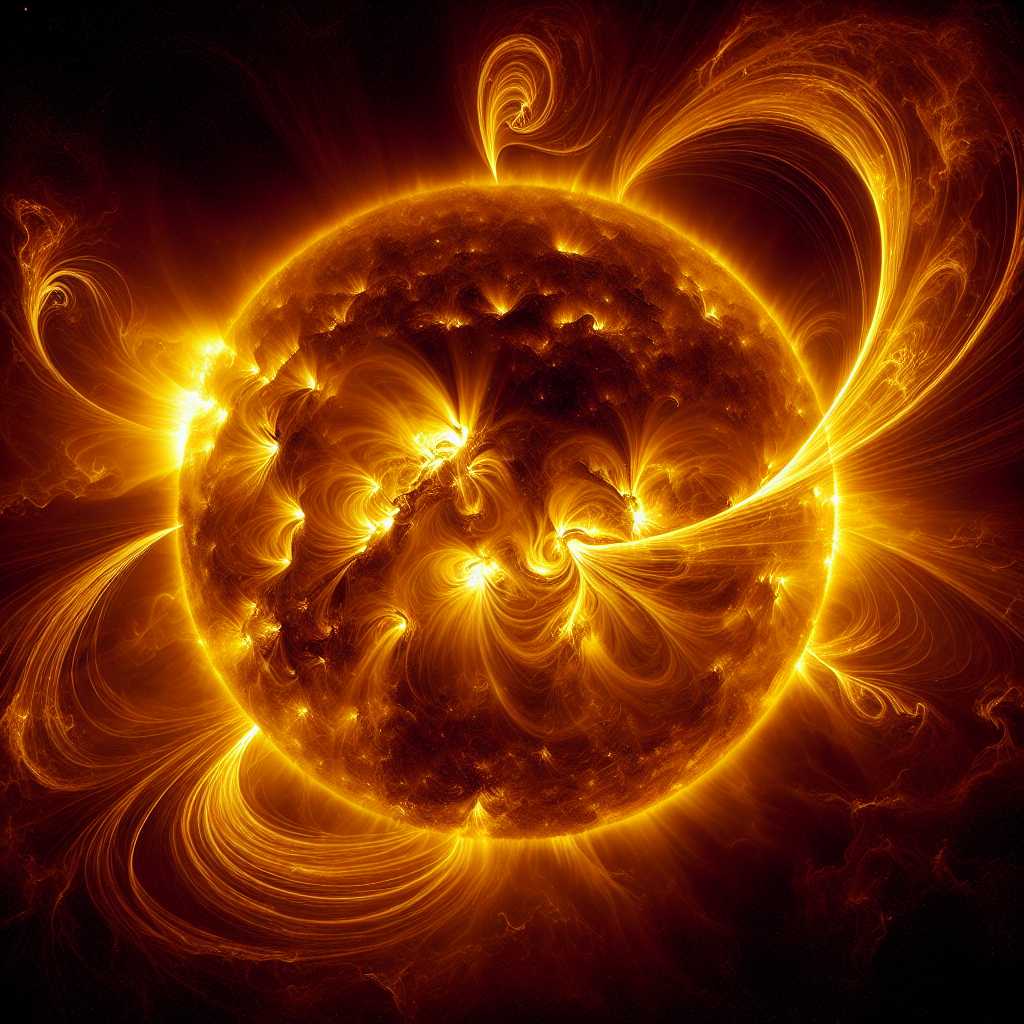Understanding Solar Flares: A Comprehensive Overview
Solar flares are powerful bursts of radiation that can unleash torrents of particles through the fabric of space. Originating from the Sun, these flares play a significant role in space weather and have a profound impact on Earth’s electromagnetic sphere. In this extensive article, we delve into the nature of solar flares, their different classifications, causes, potential impacts on Earth, and the ongoing research regarding these cosmic phenomena.
The Nature of Solar Flares and How They Occur
Solar flares occur when magnetic energy that has built up in the solar atmosphere is suddenly released. They predominately stem from active regions on the sun’s surface known as sunspots, which are cooler than other parts of the sun due to concentrations of magnetic fields. These complex and concentrated magnetic fields can often become twisted and distorted, leading to solar flare eruptions when they explosively reconfigure.
Classifications of Solar Flares
Solar flares are categorized according to their strength. The smallest ones are A-class (near background levels), followed by B, C, M, and X, with an increasing factor of ten in between each letter. Each class has a finer scale from 1 to 9. For example, an M5 is a medium-sized flare, significantly more intense than a C5 but less potent than an X5 flare. Each increase in letter represents a tenfold increase in energy output, with X-class flares being the strongest and most significant.
The Stellar Forces Behind Solar Flares
At the heart of each flare is the unstable dance of magnetic fields on the Sun’s surface. Lines of magnetic field rise through the solar atmosphere and due to different rotation rates at various latitudes and depths within the sun, these lines can become twisted and entangled. These twists and turns store large amounts of energy that can be suddenly converted to kinetic energy, heat, and light through a phenomenon known as magnetic reconnection—often leading to solar flare eruptions.
The Impact on Earth and Its Inhabitants
Although solar flares cause bouts of radiation to blaze out from the Sun with impressive speed, by the time they reach Earth, they are often diffused enough not to penetrate our atmosphere directly affecting humans. However, if a flare is intense enough, it can disturb the Earth’s ionosphere, inducing electric fluctuations at ground level that can disrupt power grids and communications satellites. Particularly large flares might even pose risks to astronauts or airplanes flying over polar regions.
Advanced Research and Predictive Technologies
With advancements in space research and technology, it is possible to monitor solar activity closely using space observatories such as NASA’s Solar Dynamics Observatory (SDO), which keeps an around-the-clock watch on the changing surface and atmosphere of the Sun. Predicting when solar flares might occur is still largely elusive; however, an understanding of solar cycles (with roughly an 11-year period for a cycle from peak to peak) helps scientists gauge periods when increased flare activity is more likely.
Preventive Measures and Safeguards
As the potential for disruption by large flares is significant—especially considering society’s increasing reliance on technology—developing strategies for safeguarding critical systems has become important for governments and industries alike. Best practices include having redundant systems in place for GPS satellites or communication networks, hardening electronics against electromagnetic forces, and maintaining robust emergency management plans.
